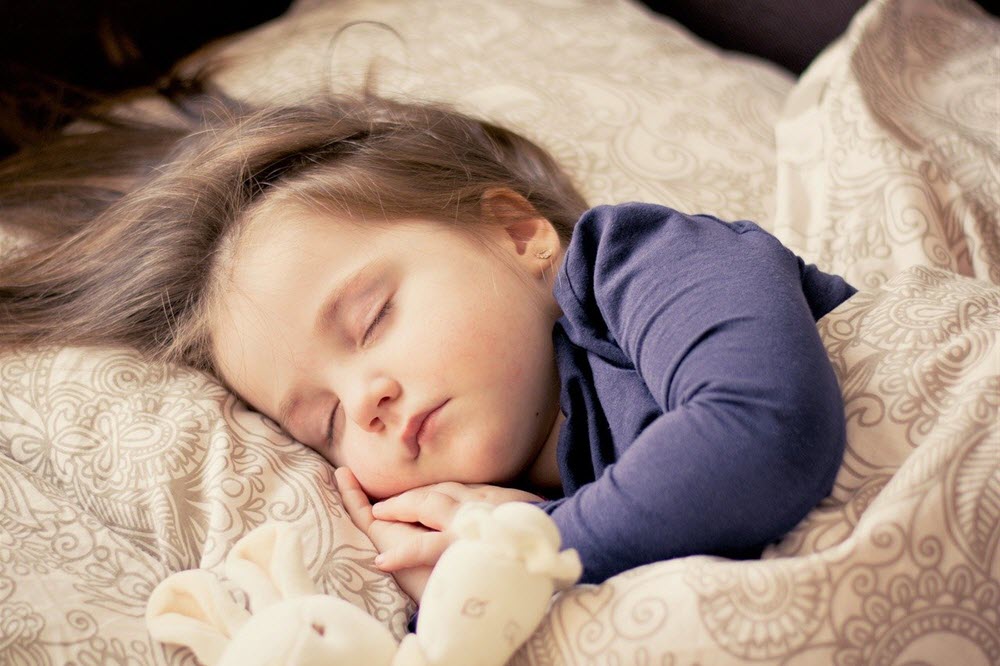Articles
What Age Do You Give a Toddler a Pillow and Duvet?
Pillows and duvets are crucial providers of comfort during bed time, but small children shouldn't be using them. You should wait until they are grown up enough before introducing those bed time staples.
Parents should hold off on getting pillows and duvets for their children until they're ready to start using toddler beds. Children become ready to make that transition when they are around 18 months old. Giving toddlers pillows and duvets too early puts them at risk for either SIDS or SUDC.
The safety of your young children should always be your primary concern. That is especially true during bed time when you may not be able to keep an eye on them throughout the night. Continue with this article to pick up more tips regarding how to keep toddlers safe and comfortable as they sleep.
Table of Contents
How Long Should You Wait Before Giving Your Toddler a Pillow and Duvet?
We parents want two things above everything else.
First, we want our children to be safe at all times. Second, we want them to be as comfortable as they can possibly be.
When you’re thinking of ways to keep your children comfortable as they drift off to sleep, you’re probably considering giving them something like a pillow or a duvet. After all, those are our essential bed time accessories and they help us get very comfortable.
Unfortunately, handing over pillows and duvets to young children is risky. That’s because of something known as SIDS.
For those who may be unaware, SIDS stands for sudden infant death syndrome. It’s a terrible occurrence that affects thousands of babies every year in the United States. To this point, we still do not know the exact cause of SIDS, but we do know that certain factors elevate the chances of a child experiencing it.
Among those risk factors for SIDS are ones related to a child’s sleeping habits. Kids whose bodies are overheating as they’re sleeping are more susceptible to SIDS. The same holds true for toddlers who are lying atop a sleeping surface that is too soft.
Parents should also be wary of SUDC, which is otherwise known as sudden unexpected death in childhood. SUDC shares a lot in common with SIDS, including some of the known risk factors. Notably though, SUDC accounts for deaths among toddlers older than one year. SUDC is also far less common than SIDS.
Since the risk of SIDS and SUDC is all too real, it would be best for all parents to refrain from handing over to pillows and duvets ahead of schedule. Pillows could cover the face of the toddler and lead to suffocation. Meanwhile, the duvet poses a risk because young children may not be strong enough to break free from it.
So, when should you consider giving your toddler a pillow and duvet?
You should base that decision on the readiness of your toddler. If your toddler is big enough to start using a toddler bed, you can also consider giving them a pillow and duvet.

The timing will obviously vary for each child, but generally speaking, you shouldn’t hand over the pillow and duvet until your toddler is 18 months old at the very least. You can wait until they are about three and a half years old before making the transition if your child isn’t big enough for the toddler bed when they hit the 18-month mark.
What Kind of Pillow Should You Give to Your Toddler?
Now that your child is ready to start using a toddler bed, you can give them a pillow, right? Yes, doing so is now safe, but you cannot just give your toddler any old pillow. You can still put them at risk if you give them a pillow that does not suit them perfectly.
Consider the following factors before settling on a toddler pillow to purchase.
Softness
The first thing you need to be mindful of when shopping for a toddler pillow is softness. Overly soft pillows can be bad for toddlers because of how they react. The sides may come up and cover your child’s head if he/she rests on the center of the pillow.
Look for pillows that have a decent amount of firmness to them. Those are the ones that can safely offer support while simultaneously cradling your toddler’s head comfortably.
Size
You should also pay close attention to the size of the pillow you’re getting for your child. Just like with overly soft pillows, the ones that are way too big for your child’s head also present a risk of suffocation.
Stick to using pillows that offer just a bit of space on each side if your child rests his/her head on the center. It’s also a good idea to prepare for additional pillow purchases because your growing child will likely need to make a few changes over the coming months and years.
Potential Allergen Content
Are you up to date on your child’s allergies? Remember that some pillows may contain materials that can cause allergic reactions in children. Consult with your pediatrician first before deciding which pillow to buy.
Alternatively, you can eliminate that kind of concern by getting a hypoallergenic pillow for your toddler.
What Kind of Duvet Should You Get for Your Toddler?
Any old duvet won’t do for your delicate toddler. Be mindful of the factors detailed below if you want to ensure your child’s safety and comfort during bed time.
Weight
Your main concern with choosing a duvet should be its weight. Heavy duvets pose problems because your child may struggle with getting free from them. You don’t want your child feeling trapped underneath their duvet so get one that’s light enough for them to move easily.
Material Composition
The material composition of a duvet is a big deal because it clues you in to how comfortable it is. With that in mind, you should prioritize getting cotton duvets.
The breathability of cotton is what you’re really after. The risk of overheating will be minimal because the fabric allows for good air flow. Cotton is also lightweight, which makes it easier to use for small children.
Thread Count
Thread count matters because of allergy-related concerns. The rule of thumb here is that duvets with higher thread counts are less likely to induce allergic reactions.

What Is the Right Sleeping Position for Toddlers?
The best sleeping position for an infant is on his/her back. As they grow older though, restrictions on sleeping positions can be eased.
Your child may find certain sleeping positions to be more comfortable. They may even start to sleep on their stomach or on their side. If they’ve been using the toddler bed for a while and they’re shifting positions on their own, leave them be but maintain a watchful eye.
As for the pillow, simply position it directly beneath your child’s head. That should be good enough to keep it in place. The duvet should be over their chest but no higher than that.
Frequently Asked Questions
Should I Put a Pillowcase Over My Toddler’s Pillow?
Stay away from using pillowcases if your child is still new to pillows. The additional fabric from the pillowcase is an added suffocation risk that you should avoid introducing. Feel free to wait until your child is fully comfortable with pillows before you start adding pillowcases into the mix.
Should I Allow My Child to Bring His/Her Toys to Bed?
Toddlers are likely to start developing connections to their favorite toys. They may even express a desire to bring their favorite toys to bed.
At their age, stuffed animals are relatively safe to bring to bed, but they shouldn’t be too big or else they could pose a suffocation risk too. Smaller toys that could fit into their mouth should be kept away from the bed as well.
What Else Can I Do to Create a Safe Sleeping Space for My Toddler?
Make sure that the area around your toddler’s bed is clear of anything he/she can pull on. Cords for blinds and appliances are highly dangerous and should be kept out of their reach. Also make it a point to clean up around their bed regularly to keep any small objects away.
